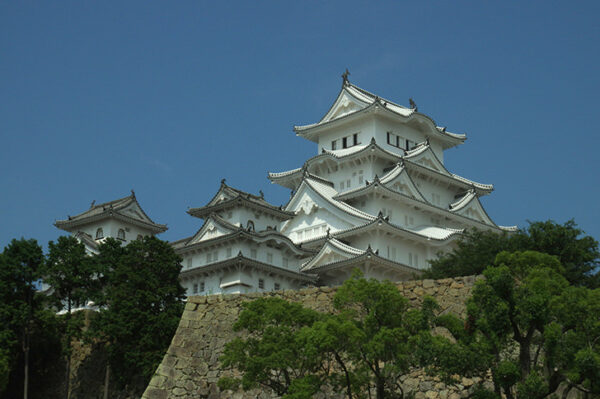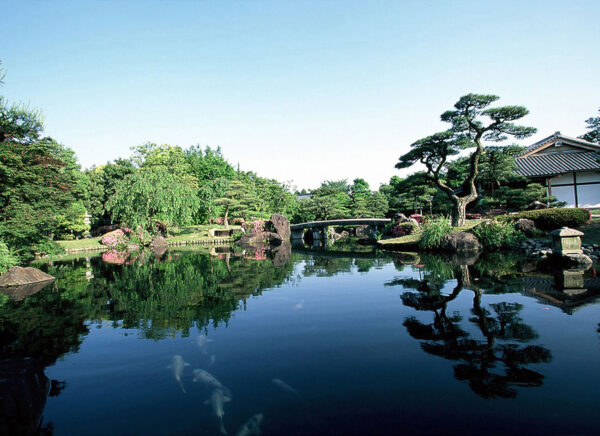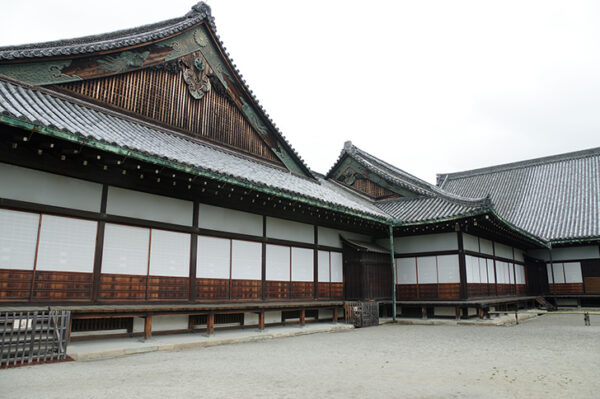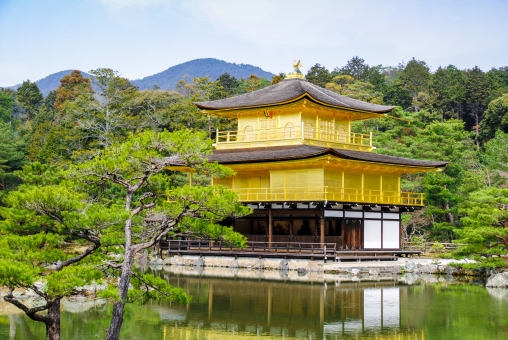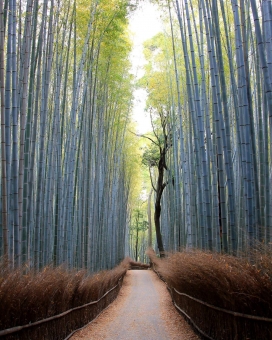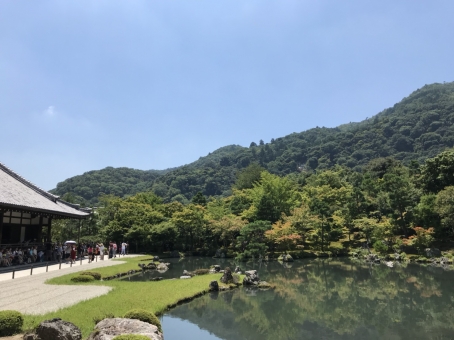Application Closed
ICLC excursions take place on August 11th. There are two choices. Reservations can be made on our registration site. These trips are orgainized by Kinki Nippon Tourist Co.
1-day trip to Himeji
- Date: August 11th (9:00-18:00)
- Departure and return: Hotel New Hankyu Osaka / Takarazuka Hotel
- Cost: 10,000 yen
Himeji Castle
Himeji Castle, a UNESCO World Cultural Heritage Site and a National Treasure of Japan, is widely considered as Japan’s most spectacular castle for its imposing size and beauty and its well preserved, complex castle grounds. Himeji Castle is valued as a historic building which represents the Japanese castellation at the beginning of the 17th century. The castle has a nickname of “hakurojou” from the elegant figure of a white egret (or heron) spreading its wings. Most recently, it reopened in 2015 after a renovation project. Now, Himeji Castle is literally gleaming because of its clean, polished exterior.
Kokoen (Himeji Castle Nishi-Oyashiki-Ato Garden)
Takenaka Carpentry Tools Museum
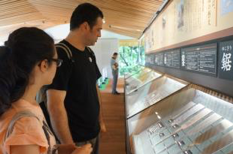
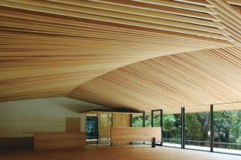
The Takenaka Carpentry Tools Museum is the only museum of carpentry tools in Japan. In addition to various tools, visitors can experience the beauty of Japanese traditional carpentry through numerous exhibitions including a full-scale model of a tea room, highly elaborate “kumiko” art, sliding doors with woodblock, and clay walls made of natural materials.
Lunch: Akashiyaki
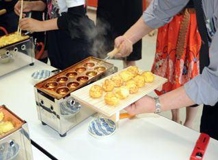

Akashiyaki is a small round dumpling, and a local food in Hyogo Prefecture, Japan. The dumpling is made of an egg-rich batter and has octopus inside, and dipped into dashi before eating. You will enjoy cooking Akashiyaki with guidance.
1-day trip to Kyoto
- Date: August 11th (9:00-18:00)
- Departure and return: Hotel New Hankyu Osaka / Takarazuka Hotel
- Cost: 11,000 yen
Nijo Castle
The World Heritage Nijo-jo Castle was built by the first Tokugawa Shogun Ieyasu in 1603 to protect Kyoto Imperial Palace and as a residence for the shoguns when they visited Kyoto. Visitors can enjoy the buildings, Japanese gardens, and various wall paintings (over 3000 screens).
Kinkaku-ji Temple
Arashiyama
Tenryu-ji Temple
Lunch: Bento (Lunch box)
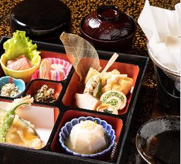
You can taste delicious Kyoto cuisine in a lunch box.

